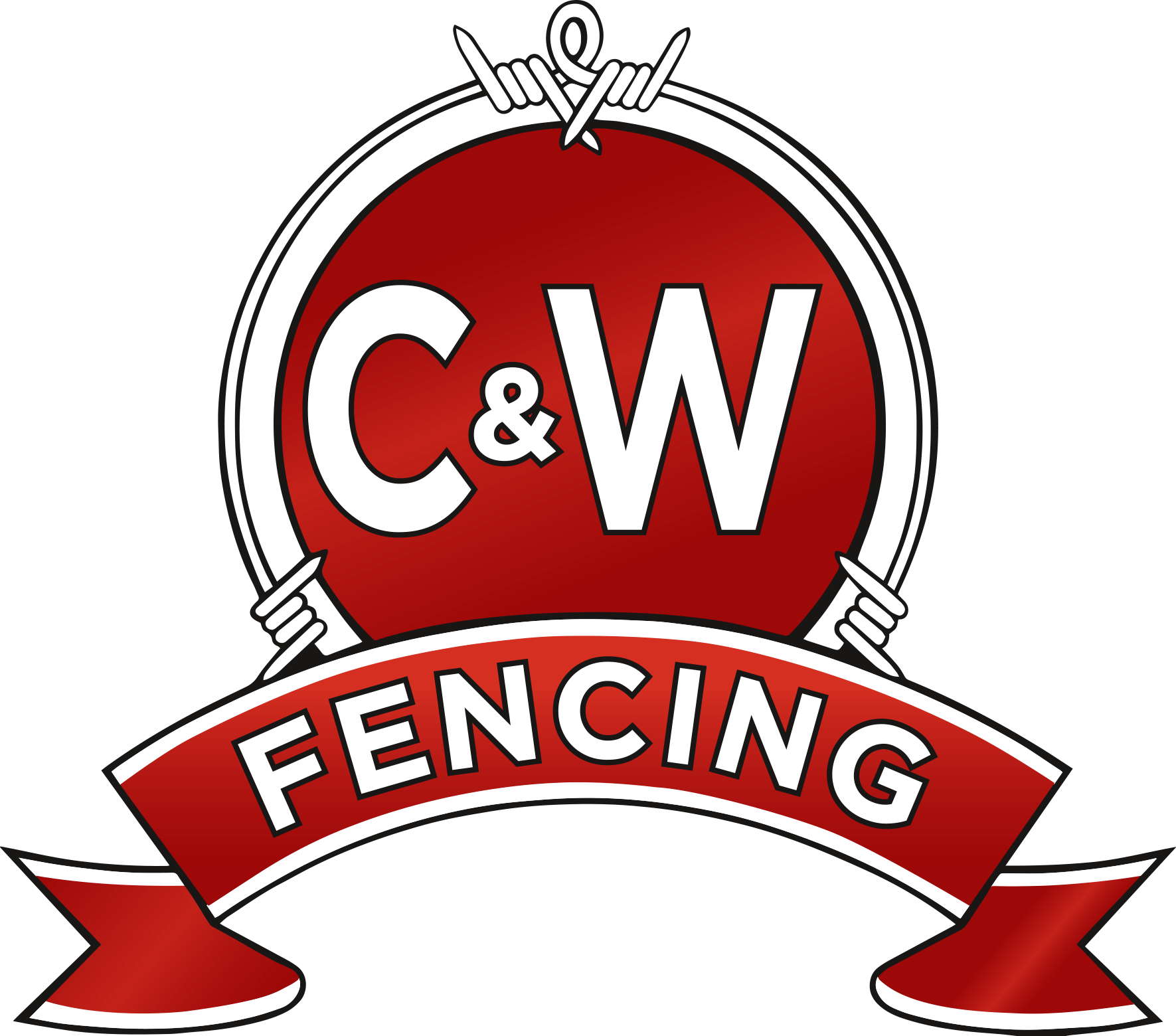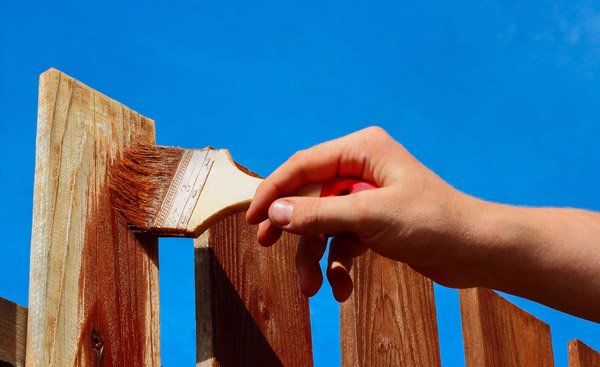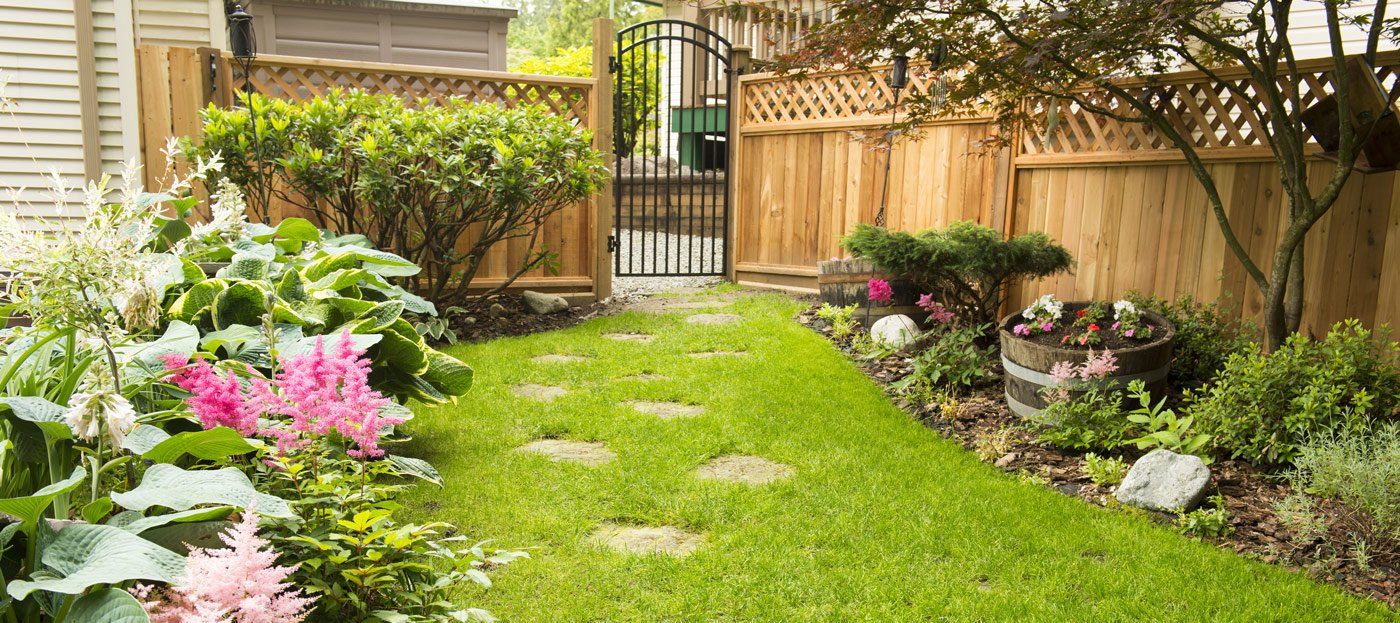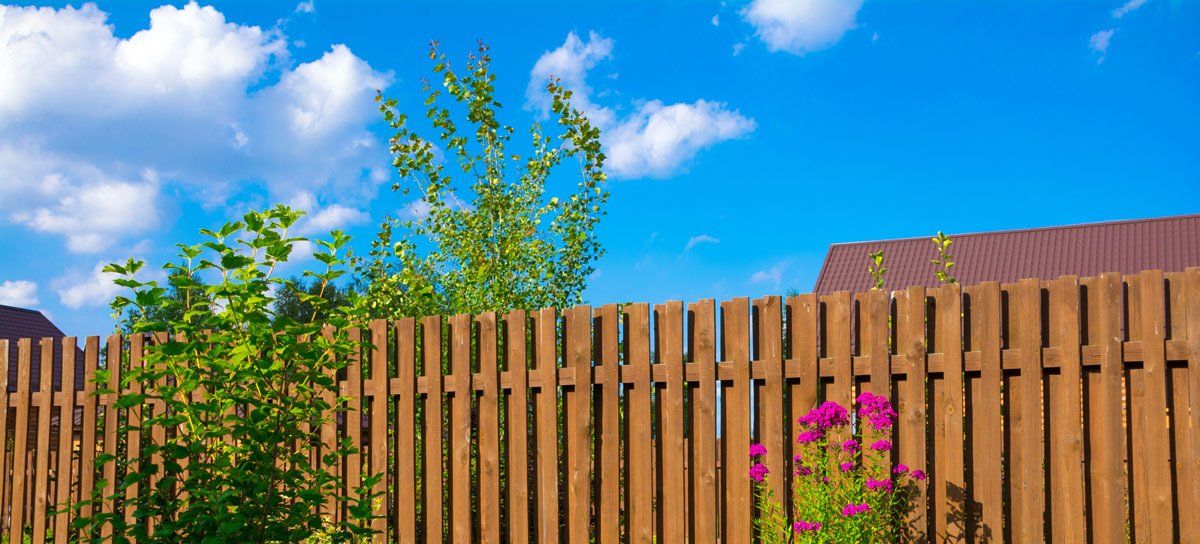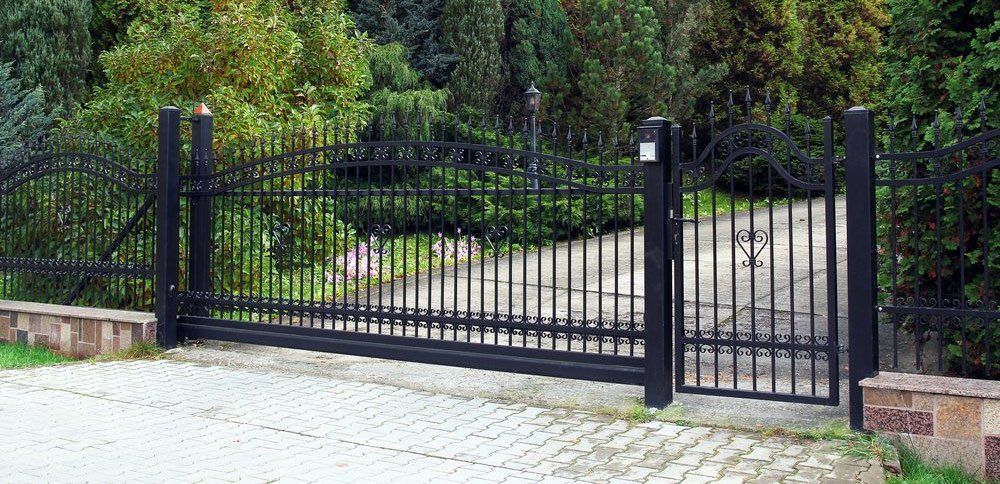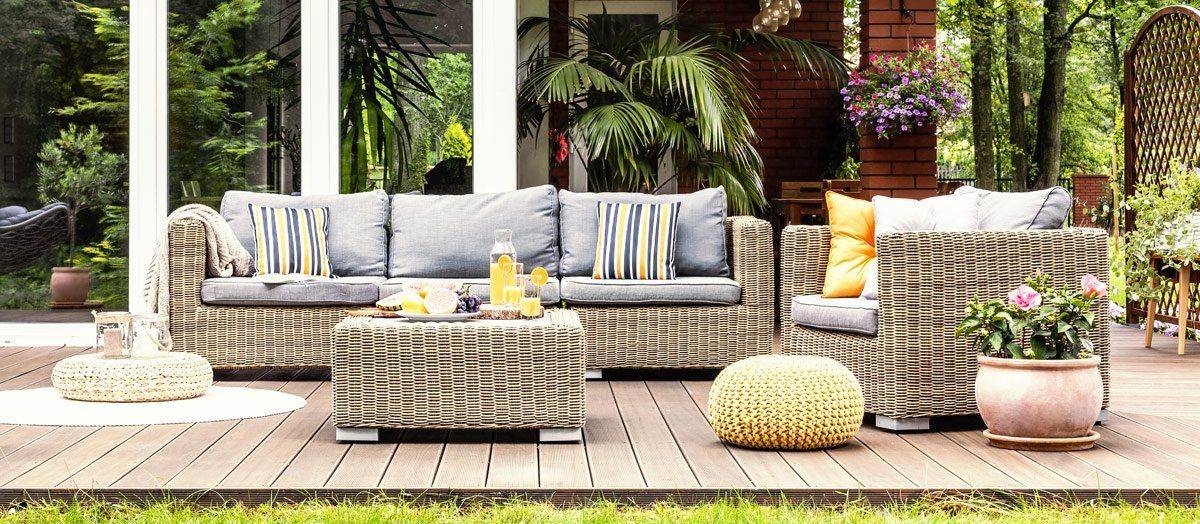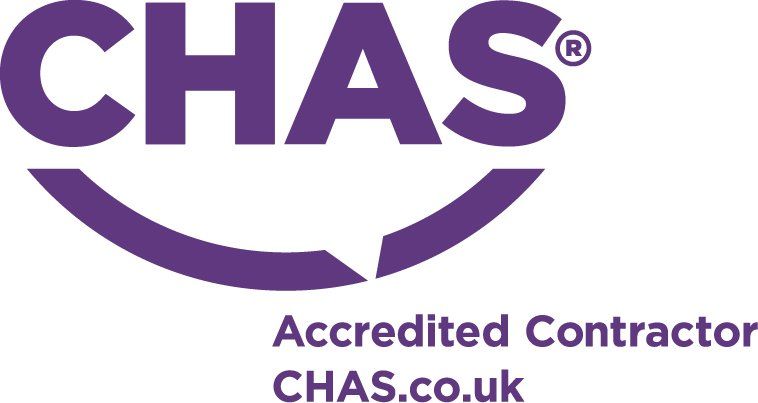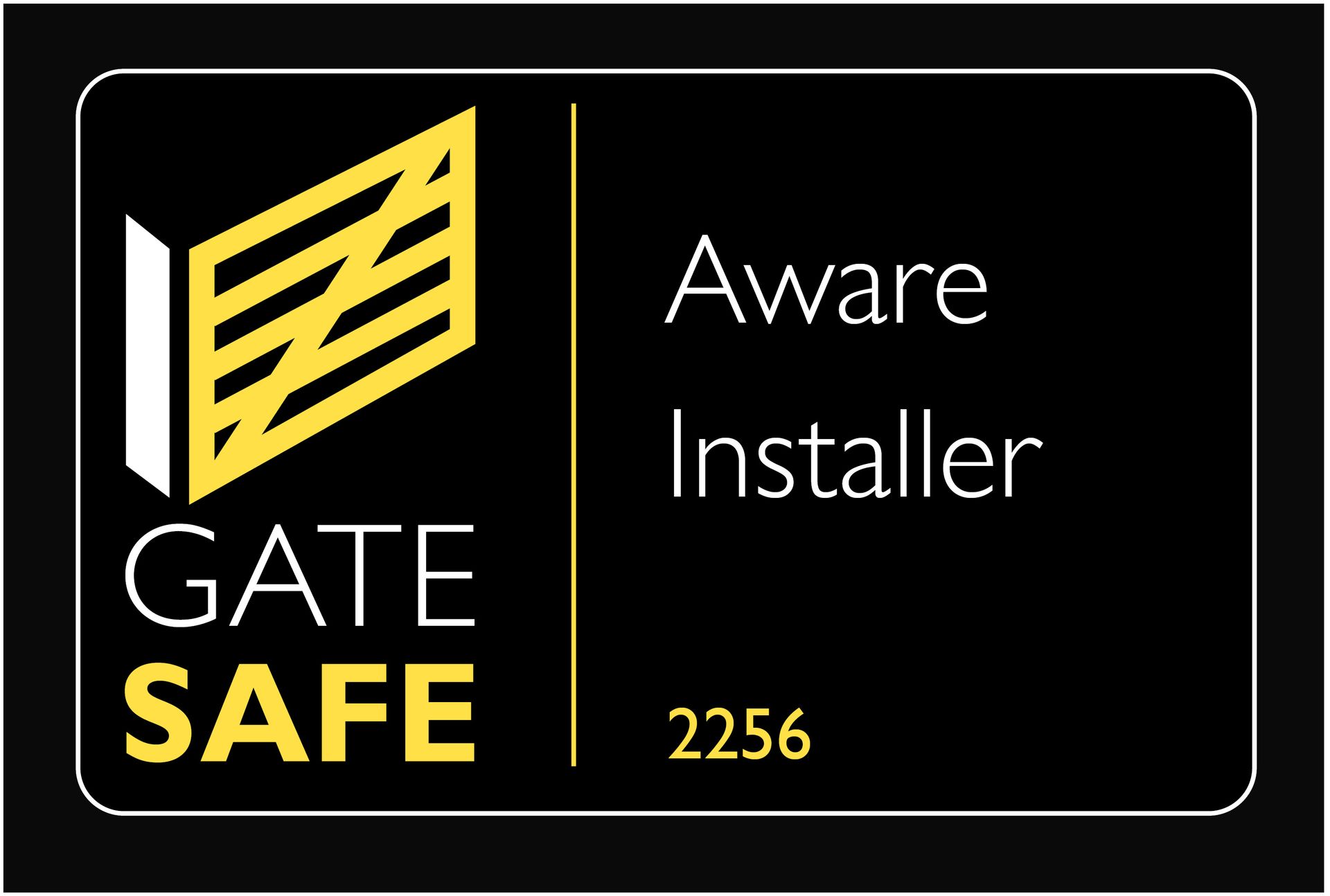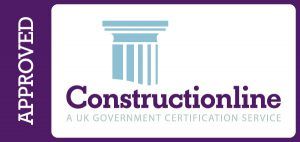Choosing the right fencing
Choosing the right fencing
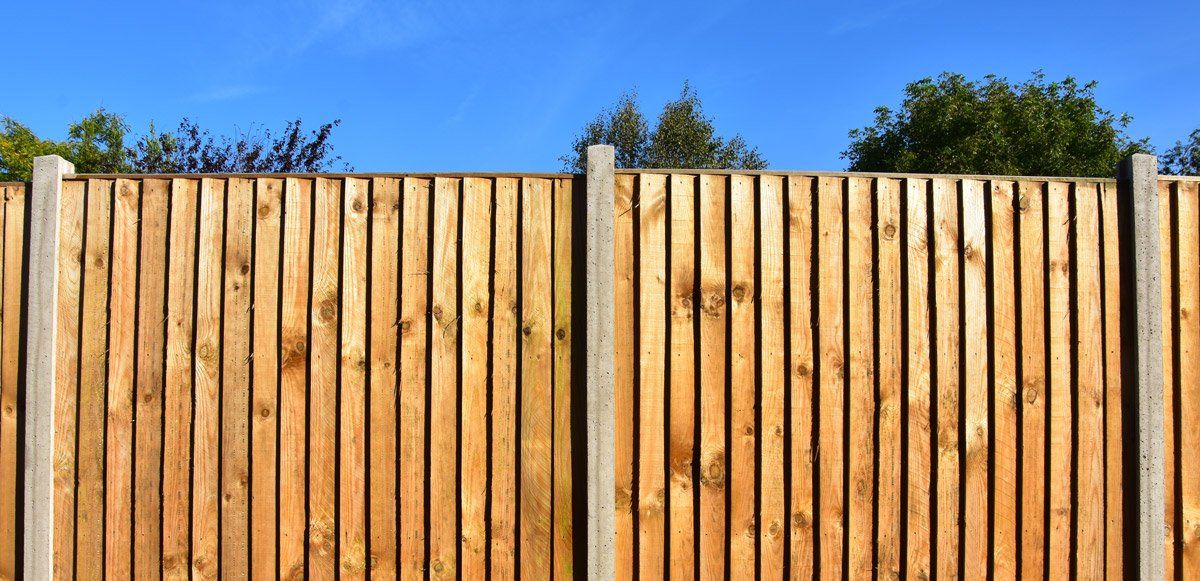
- Fence panels
- Fence posts
- Fence post supports
- Gravel boards
- Tape measure
- Spirit level
- String
- Claw hammer
- Sledge hammer
- Saw/Power
- Weedkiller
- Electric screwdriver
- Wood preserver
- Varnish brush
- Weedkiller
Choosing the right fence panel to suit you.
The first thing you need to consider is the type of garden fencing that suits your needs. You need to think about the size you require, and the design you prefer.
Closeboard fencing - This type of fencing is made up of overlapping vertical boards of timer. A robust, and heavy-duty choice that offers complete privacy.
Overlap fencing - This type of fencing is made up over horizontal timer boards. It’s a more affordable choice, with high levels of privacy.
Picket fencing - This type of fencing is available in many forms, and is smaller in height. Ideal for those who live rural, and want to enjoy their view.
Trellis - Trellis can be found in many contemporary gardens. It can be used alone or as a decorative panel over a solid wooden fence.
Fencing boundaries
Another element to think about when installing fencing is the boundary between you and your neighbours boundaries. To find out where land lies, and who is responsible for the upkeep, you can check your title deeds on ‘Land Registry. T Marks’.
Be sure to also check your fence complies with planning regulations. You need planning permission to build a fence over 2m high. Contact your local council for more advice.
Choosing the right fencing posts
You will need to decide whether you want concrete or wooden posts.
| Post Type | Pros | Cons |
|---|---|---|
| Wooden | Easier to handle. | Slightly higher risk of rotting. |
| Concrete | Provide a strong, solid fence. | Require a fair bit of work to install. |
Calculating your post lengths
Once you’ve decided the height of your fence, you will know what length posts to buy.
Wooden posts - You’ll need 8ft posts for a 6ft fence. All posts must be 2ft longer than the fence height.
Post spikes
- You’ll need 6ft posts for a 6ft fence.
Watch out
when you’re using post spikes. Be sure to check for pipes, and cables.
Calculating the number of panels you need
Fence panels are usually 6ft wide.
- Measure the length of your area and divide by the width of each panel.
- Once you know how many you need. You’ll need the same amount of gravel boards for the bottom of the fencing panels.
Preparing for installation
- Before you start to install your fencing you’ll need to clear the area and treat with weedkiller.
- Most panels are pre-treated to prevent rot. However, you might want to consider treat areas with a wood preservative where necessary.
- Use a string line and pegs so you have a clear indicator as to where the fence is going.
Using metal spikes as supports
- Check the location of water pipes or cables. If you’re not sure, contact your local council.
- Create a pilot hole with a metal spike, bar, or rod.
- Place some scrap timer into the socket of the metal spike.
- Use a sledgehammer to insert the spike into the pilot hole.
- Use a spirit level to check it is level and vertical.
- Alternatively, you can palace bolt-down post sockets into concrete.
Fixing your posts in concrete
- Holes for your posts need to be 3x as wide as the post and 2ft deep.
- Following the string line you had in place, dig a hole for each post with a post spade.
- Once the post is in place, pack with broken stone or brick to help support the end of the post.
- Mix concrete or use a ready made concrete mix. (Follow instructions given on the package).
- Fill the hole with concrete, till just above ground level.
- Trowel the surface till smooth, sloping the concrete away from the most. This way the water will run off.
- Check the post is level with spirit level.
- Prop the post up using timber battens until the concrete sets.
- Leave the concrete to harden for an hour at least, before attaching fence panels.
Fixing fence panels
- To avoid rotting, your fence panels need to be off the ground. Add treated gravel boards on the bottom to ensure a significant gap has been left.
- Screw the panels to the post using two, or three, post clips. These should be metal and U-shaped, while the screws should be stainless steel to prevent rusting.
When is the best time to install fencing?
If you’re planning on installing fencing into your outdoor space, we would recommend early spring or autumn, as the best time, if you want to avoid damaging plants. However, fencing can be installed all-year round.
Your fence is an essential element in your overall garden design, and you’d be surprised just how much it can completely transform the look of your garden. Whatever style of fencing you’re looking for, here at
CW Fencing whether it be standard home
fencing, or
commercial fencing, or even
school fencing, we’ve got a broad range of robust, contemporary fencing designs for homes and public sector organisations across Colchester, Ipswich, Essex, Suffolk and beyond.
Contact us today for a FREE fencing quote.
About
Since 1979 C&W has provided fencing of all types & specifications. We're based in Essex but work extensively in Colchester, Suffolk, Ipswich, Norfolk, Cambridgeshire, Hertfordshire, Kent, London and the home counties, as well as further afield and often nationally.
Contact
Opening Hours:
Mon - Fri: 08:00 - 16:00
Areas We Cover
Website by Infoserve Cookie & Privacy Policy | Company Reg No: 02304027
